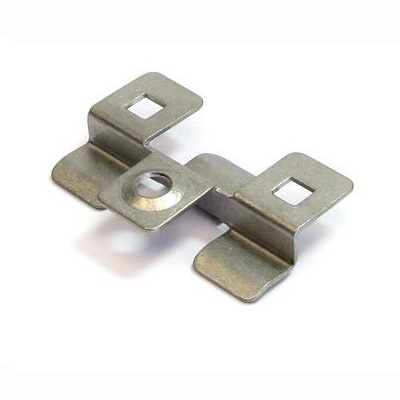

In our daily life, stainless steel products are so common! For example, many of the pots and pans in our kitchen are made of stainless steel, which are strong and durable. For example, the 304 stainless steel wok has fast heat conduction and is not easy to stick to the pan. It is indispensable for cooking. There are also thermos cups that are used every day, which are mostly made of stainless steel. Whether you go to work, school or travel, you can always drink hot water. The kitchen sink is also made of stainless steel, which is corrosion-resistant and easy to clean. It can be used for more than ten years. There are also some parts that are made of stainless steel. I don’t know if you have noticed that some of these stainless steel products are marked with 304 and some are marked with 316. What are the differences between them? Let’s talk about it today.
To figure out the difference between 304 and 316 stainless steel, we have to start with their ingredients. 304 stainless steel, also called 18/8 stainless steel, contains about 18% chromium and 8% nickel. This chromium element is very powerful. It can form a dense oxide film on the surface of stainless steel, just like putting a layer of armor on stainless steel, blocking the invasion of oxygen and other corrosive substances, making stainless steel less likely to rust. Nickel elements can enhance the toughness and ductility of stainless steel, making it stronger and able to withstand all kinds of tossing.
Let's take a look at 316 stainless steel. It is based on 304 stainless steel and adds 2-3% molybdenum. Don't underestimate this little bit of molybdenum. Its addition has greatly improved the performance of 316 stainless steel. Molybdenum is like reinforcing another layer of stainless steel armor, further improving its corrosion resistance, especially for some environments containing chloride ions, such as seawater, salt water, etc., 316 stainless steel is much more resistant than 304 stainless steel.

(1) Corrosion resistance
In terms of corrosion resistance, there is a big difference between 304 stainless steel and 316 stainless steel. 304 stainless steel has good corrosion resistance in the general environment of our daily life, such as air and fresh water. The pots, pans and bowls made of it will not rust after many years of use. However, if it is placed in an environment containing chloride ions, such as swimming pool water and humid air at the seaside, it will be a bit unbearable. Over time, pitting and rust may occur. Take the stainless steel railings at the seaside as an example. If 304 stainless steel is used, rust spots will easily appear on the surface after a long period of erosion by seawater and water vapor.
Let's take a look at 316 stainless steel. Because of the molybdenum element, its resistance to chloride corrosion is much stronger. 316 stainless steel can maintain good condition when soaked in seawater or in highly corrosive environments such as chemical production. Therefore, 316 stainless steel is often chosen for places with high corrosion resistance requirements, such as ships at sea, buildings on the coast, and reactors in chemical plants.
(2) Heat resistance
In terms of heat resistance, the highest temperature that 304 stainless steel can withstand is about 800℃. Within this temperature range, it can maintain basic performance and will not deform or lose strength. 304 stainless steel is sufficient for some common heating equipment and oven inner tanks. However, if the temperature is higher, its performance will be affected and it may not be very useful.
The heat resistance of 316 stainless steel is even better. It can work in higher temperature environments and can still maintain good performance in some relatively harsh high temperature environments. In industrial high-temperature furnaces and automobile exhaust systems that need to withstand high temperatures, 316 stainless steel is very useful. It can withstand the test of high temperatures and ensure the normal operation of equipment.
Therefore, when purchasing stainless steel, you must understand their differences and characteristics and choose the right stainless steel parts or products.